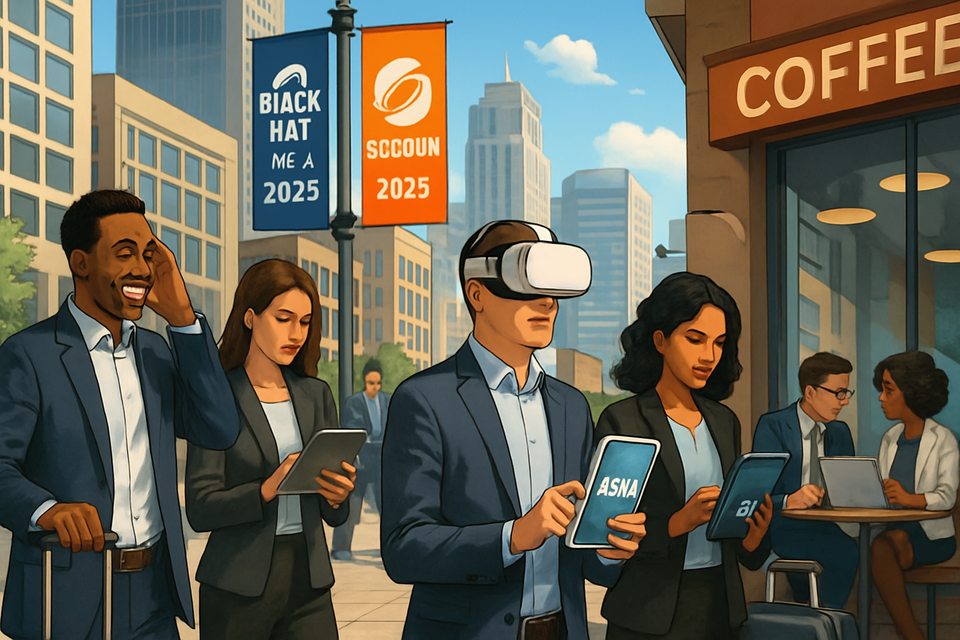The 2025 Guide to Humanoid Robots: From $10K Companions to Enterprise Game-Changers
Discover the 2025 robotics revolution, where humanoid robots are now affordable companions and industrial giants. From classrooms to factories, explore how this Raspberry Pi moment in robotics is reshaping our world with unmatched accessibility and innovation.

August 15, 2025 — Funaix Smart News
“2025 is the year humanoid robots went mainstream. From $10k home companions to $50k+ industrial powerhouses, robotics is having its Raspberry Pi moment.”
Welcome to the New Age of Affordable Humanoid Robots
Remember when a humanoid robot was either a sci-fi fantasy or a research lab trophy? Fast-forward to 2025: you can now buy a walking, talking, helpful robot for less than the price of a used hatchback. The robotics revolution has finally left the ivory tower, and it’s landing in living rooms, classrooms, and corner shops everywhere.
Whether you’re a tech-forward parent, an educator dreaming of hands-on STEM, a small business owner with repetitive tasks, or just a curious DIYer, this guide is your passport to the new world of affordable humanoid robots.
Why 2025? The Tipping Point for Robotics
Just five years ago, the best you could do was a $100,000 industrial arm or a plastic toy with more personality than utility. But now, thanks to advances in AI, 3D printing, and open-source hardware, you can order a $10,000 humanoid robot with dexterous hands, computer vision, and a Python SDK. Unitree, K-Scale Labs, UBTECH, and others are flooding the market with bots that can fetch, carry, teach, and even dance.
“This is robotics’ Raspberry Pi moment—when price, power, and programmability converge for mass adoption.”
Meet the Robots: From $10K Companions to $50K+ Titans
Under $10,000: The Consumer & Education Sweet Spot
- Unitree G1 — A bipedal humanoid with impressive agility, open-source software, and a growing ecosystem of apps. Great for home, classroom, and prototyping.
- K-Scale Labs K-Bot — Modular, 3D-printed, and built by a five-person team, this bot is all about accessibility. Python SDK, dual RGB-D cameras, and hot-swappable batteries for endless STEM fun.
- Hugging Face Reachy Mini — At $299–$449, it’s not quite humanoid, but its open platform and expressive design make it the Raspberry Pi of robotics education.
What can you expect? These bots can recognize faces, carry objects, teach coding, or serve as tireless lab assistants. Some even double as mobile security guards or retail greeters. The key: they’re infinitely hackable and upgradable.
$50K+ Industrial Bots: The Enterprise Powerhouses
- UBTECH Walker S2 — The first humanoid robot with autonomous battery swapping for 24/7 operation. Used in logistics, security, and advanced research.
- Agility Robotics Digit — Amazon’s favorite warehouse worker: a bipedal bot that moves bins and navigates human spaces. Durable, reliable, and built for high-volume tasks.
- Tesla Optimus — Musk’s vision in action: recently seen serving popcorn at the Tesla Diner. Still early, but signals the future of general-purpose factory automation.
What’s different at this tier? These bots handle heavy lifting, hazardous tasks, and run around the clock. Expect more robust hardware, advanced AI, and integration with enterprise automation platforms.
Top Use Cases: Where Robots Shine in 2025
- Homes & Smart Living — Imagine a bot that tidies up, fetches groceries from the porch, or keeps an eye on pets. Early adopters are using humanoid robots as personal assistants, security patrols, and even bedtime storytellers.
- Education & STEM Labs — Humanoids are the ultimate hands-on teaching tools—demonstrating physics, coding, and engineering concepts. They’re also a hit at science fairs and robotics clubs.
- Small Business & Retail — Robots now greet customers, scan shelves, deliver orders, and handle after-hours cleaning. Some SMBs deploy bots as night-shift security or to assist with inventory.
- Healthcare & Caregiving — While not a replacement for human care, robots are helping with lifting, reminders, and companionship for elderly or disabled users.
- Light Manufacturing — Need precision assembly, quality inspection, or just a tireless extra pair of hands? Industrial humanoids are stepping in where cobots left off.
Robot-as-a-Service (RaaS): Pay-as-You-Go Automation
Not ready to buy? The Robot-as-a-Service (RaaS) model is exploding in 2025. Think of it as robot rental—pay a monthly fee, get a humanoid that updates itself and calls for help if it gets a boo-boo. This is making robotics accessible to startups, schools, and even families who want to “try before they buy.”
Tip: RaaS contracts often include maintenance, upgrades, and on-demand support. Look for providers with transparent SLAs and a track record of remote troubleshooting.
How to Choose: Quick Buying & Deployment Tips
- Define Your Use Case: Is it education, home help, business automation, or something else? The right bot depends on the job.
- Check Compatibility: Look for open SDKs, app marketplaces, and integrations with your favorite platforms (think Alexa, Google Home, IFTTT, or Zapier).
- Evaluate Support & Community: A lively user forum or Discord can be worth its weight in gold. Early-stage bots thrive with active communities and frequent updates.
- Mind the Warranty: Robotics is still evolving. Choose vendors with clear repair/replacement policies and available spare parts.
- Don’t Forget Safety: Especially in homes or schools—look for emergency stop features, collision detection, and privacy controls.
Startups to Watch: Who’s Democratizing Robotics?
- K-Scale Labs — Their open-source, modular K-Bot is shaking up the market with affordability and rapid prototyping for all.
- Unitree Robotics — Consistently delivering feature-rich, affordable bots—G1 and H1 are favorites among DIYers and educators alike.
- UBTECH — Blending enterprise muscle with R&D creativity, UBTECH’s Walker S2 is a glimpse at the future of 24/7 automation.
- Agility Robotics — Digit is making waves in logistics, showing how robots can work side-by-side with humans in real-world spaces.
Pro tip: Many of these startups offer developer discounts, educational bundles, or even loaner programs. Ask before you buy!
The Road Ahead: What’s Next?
The price of capable humanoid robots is falling fast, and the capabilities are rising even faster. Expect to see sub-$5,000 bots within two years, more natural language interaction, and plug-and-play modules for everything from gardening to gourmet cooking. Already, humanoids are learning from their users and each other via cloud updates—a kind of crowdsourced robot evolution.
“The best way to predict the future? Invite it into your living room, classroom, or shop floor—and start tinkering.”
Ready to Join the Robot Renaissance?
Whether you’re a parent raising the next STEM star, an educator looking to wow your students, or a business owner eager to automate the dull and dangerous, 2025 is your year to explore humanoid robotics.
Want more hands-on tips, reviews, and real-world stories? Subscribe to Funaix for free and become a Funaix Insider! Only subscribers can write and read blog comments—don’t miss the conversation. (Did we mention it’s free, for now?)
Sources: Tom’s Guide, Forbes, ForwardFuture.ai, LinkedIn Pulse, and industry interviews. All data current as of August 2025. For the latest, subscribe and join our next robotics roundtable!




